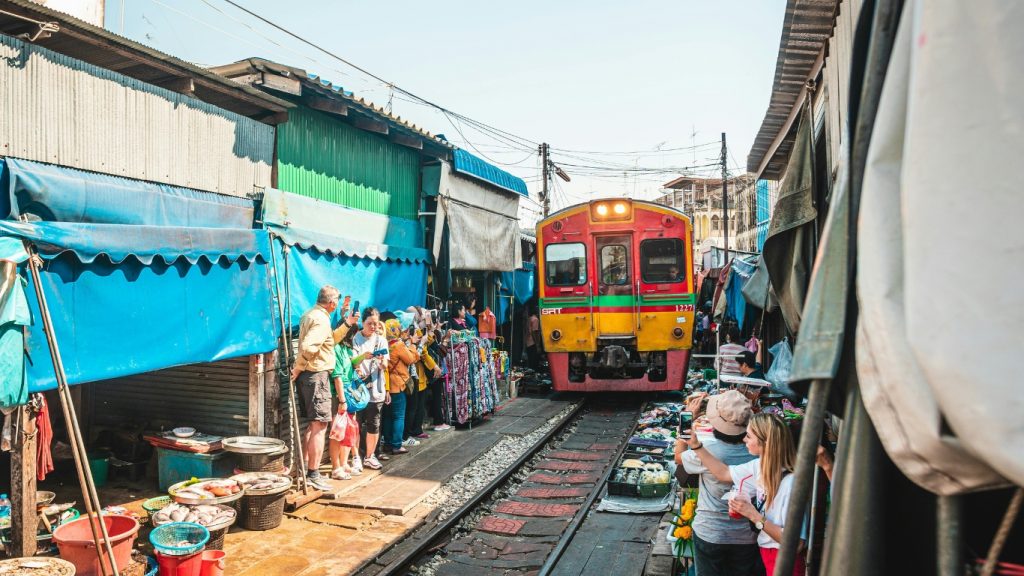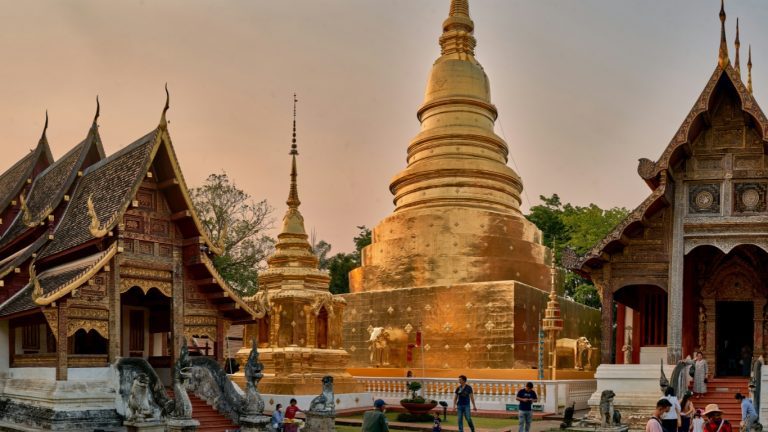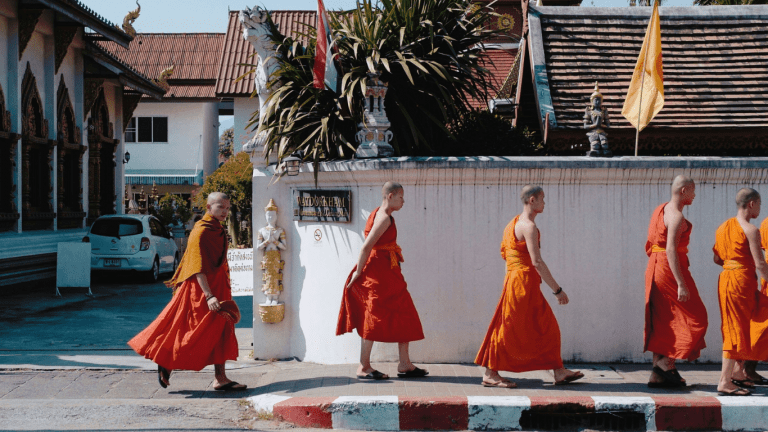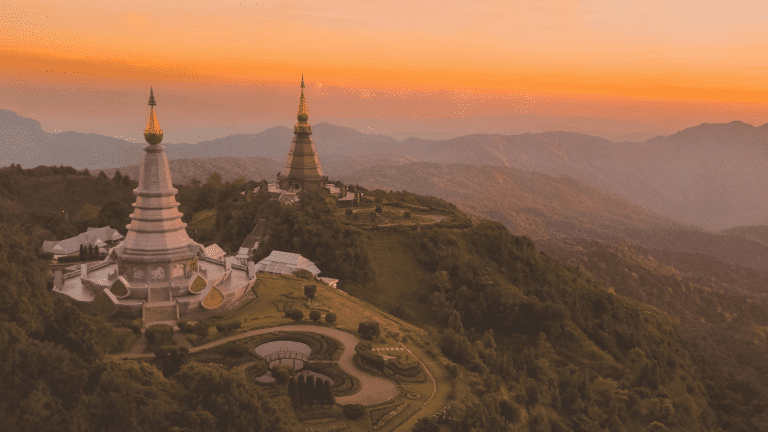Chiang Mai is a city full of charm, creativity, and breathtaking mountain scenery, but when planning a visit, it is important to decide when to visit. Because a quick look at the burning season will show you, not all months are created equal. If you’re planning a trip to Northern Thailand, one thing you’ll want to consider seriously is the burning season – a time of year when air pollution in Chiang Mai reaches hazardous levels (often even the worst in the world!).
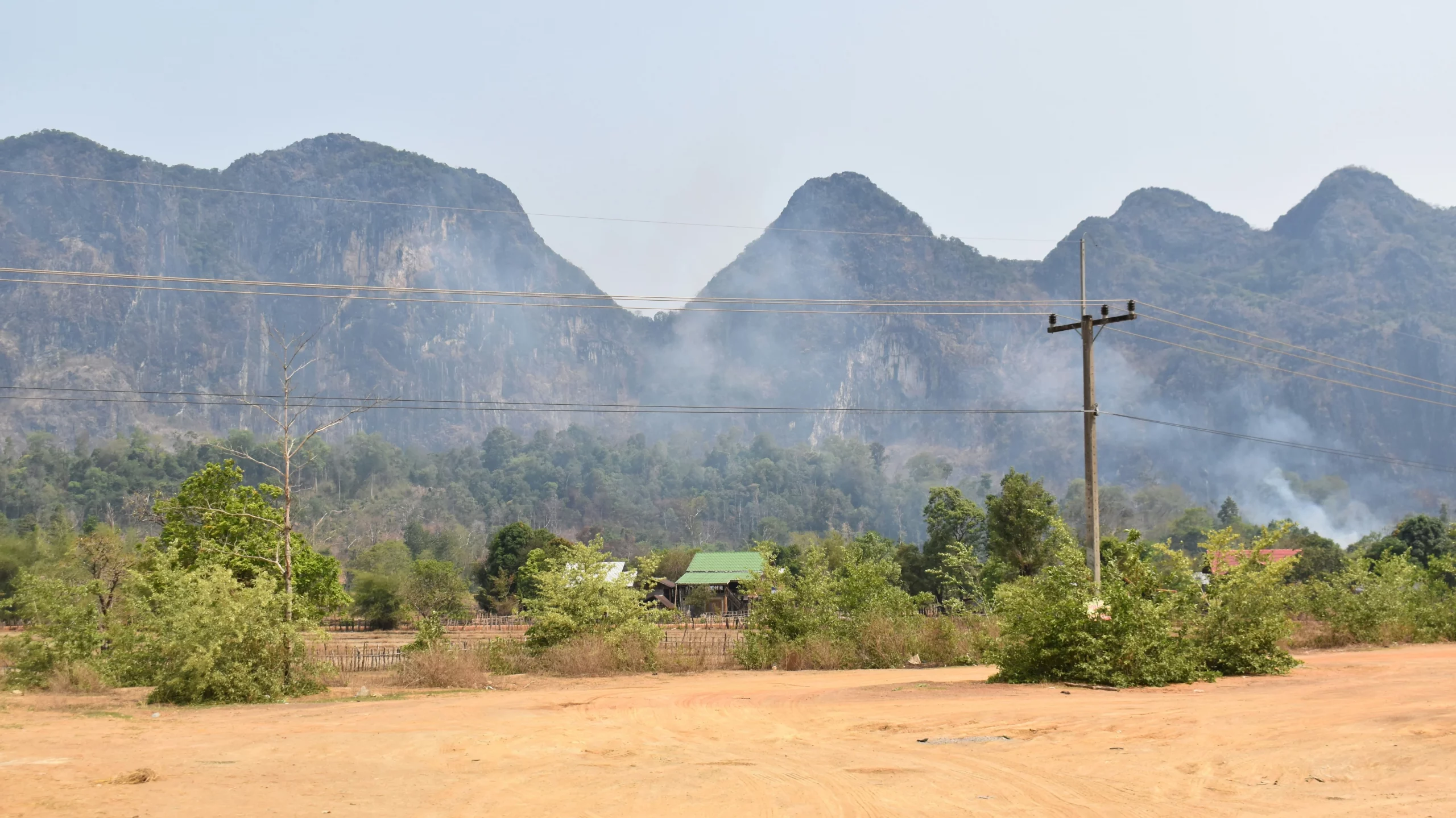
In this post, we’ll explain what burning season is, when it happens, why it matters, and how to protect yourself if you happen to be in town during this period.
What is Burning Season?
The burning season, also known as the “smoky season,” refers to a period in Northern Thailand when farmers burn crop residue, such as rice stalks and corn husks, to prepare their land for the next planting cycle. While it’s a traditional and cost-effective method of land clearing, it releases large amounts of PM2.5 (fine particulate matter) into the air. Forest fires – some natural and others deliberately set – also contribute to the haze.
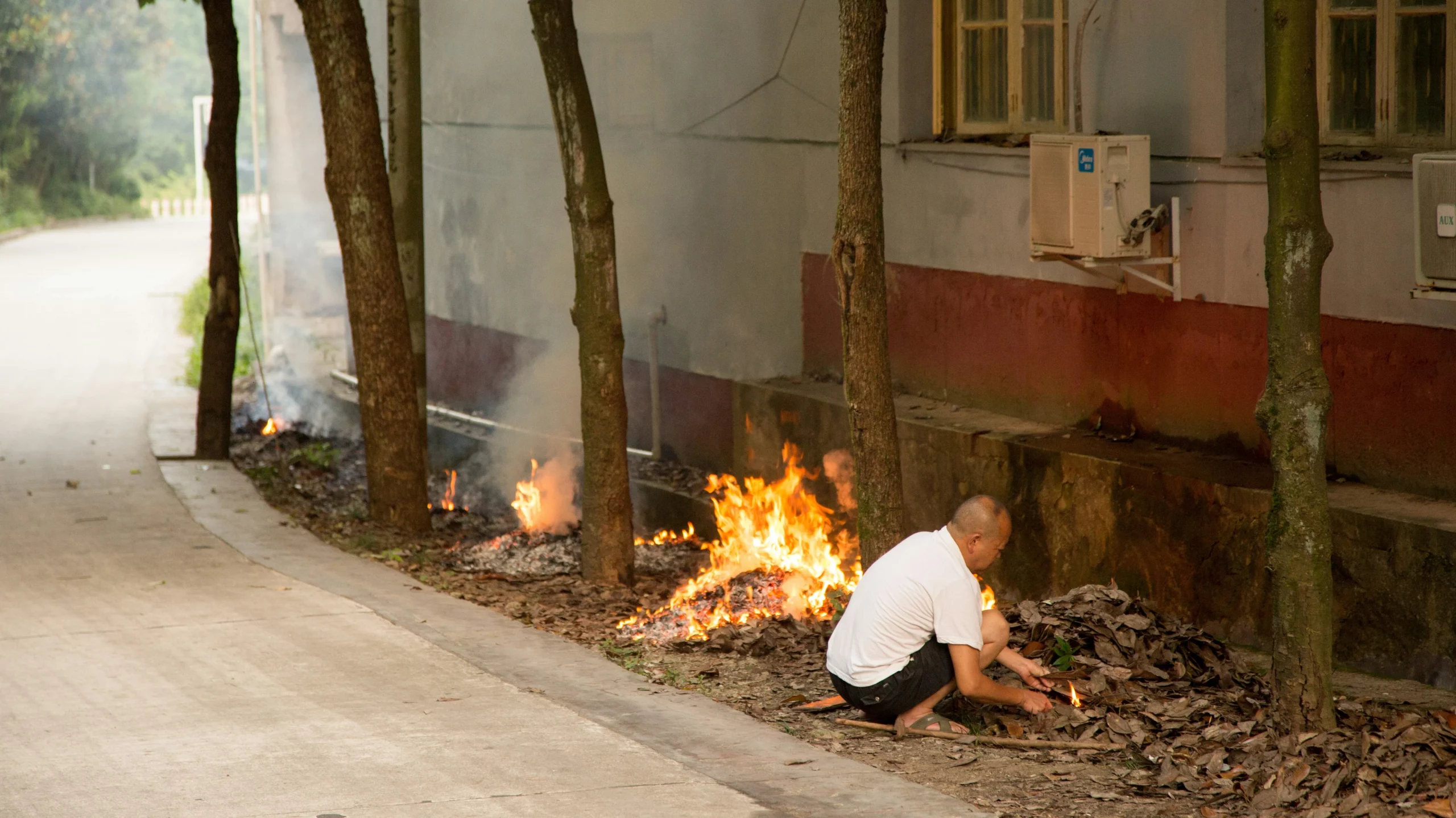
Because Chiang Mai sits in a valley surrounded by mountains, the smoke gets trapped in the air, creating an extended period of smoggy, unhealthy conditions. The result is a thick, persistent haze that lingers over the city and nearby mountains, sometimes for weeks at a time.
When is Burning Season in Chiang Mai?
Burning season typically begins in late January and peaks between February and March, sometimes continuing into early April. The worst of it usually falls in March, when air quality can drop dramatically, and the city is often ranked among the most polluted in the world on air quality charts.
That said, the exact timing can vary slightly from year to year depending on weather conditions and how early or late farmers start burning. It’s wise to keep an eye on air quality updates if you’re planning to travel between January and April.
Why You Should Avoid Chiang Mai During Burning Season
If you’ve never experienced heavy smog before, it’s easy to underestimate just how unpleasant – and unhealthy – it can be. For many locals, expats, and travellers alike, burning season isn’t just inconvenient, it’s a serious disruption to daily life. And it comes as no surprise that many who have the means leave the city during burning season.
During my year living in Chiang Mai, the pollution in March was so intense that local officials recommended wearing FFP2 masks even indoors, and the government began spraying water into the air in an attempt to reduce airborne particles (A method widely seen as ineffective btw). I definitely didn’t expect the fog to be so unpleasant (as someone who grew up in the countryside side I never even experienced bad air pollution), but on the worst days, it was as if you could feel the particles when breathing.
How to Protect Yourself
If you’re in Chiang Mai during burning season, there are several things you can do to minimise the health impacts:
1. Monitor the Air Quality Daily
Check air quality indexes using reliable apps or websites such as IQAir Chiang Mai. Anything over 100 AQI should be a concern, especially if you have respiratory issues. Levels above 200 are considered hazardous for all.
2. Wear a High-Quality Mask
Use a certified N95 or FFP2 mask when going outside. Cloth masks or surgical masks won’t offer enough protection against PM2.5 particles.
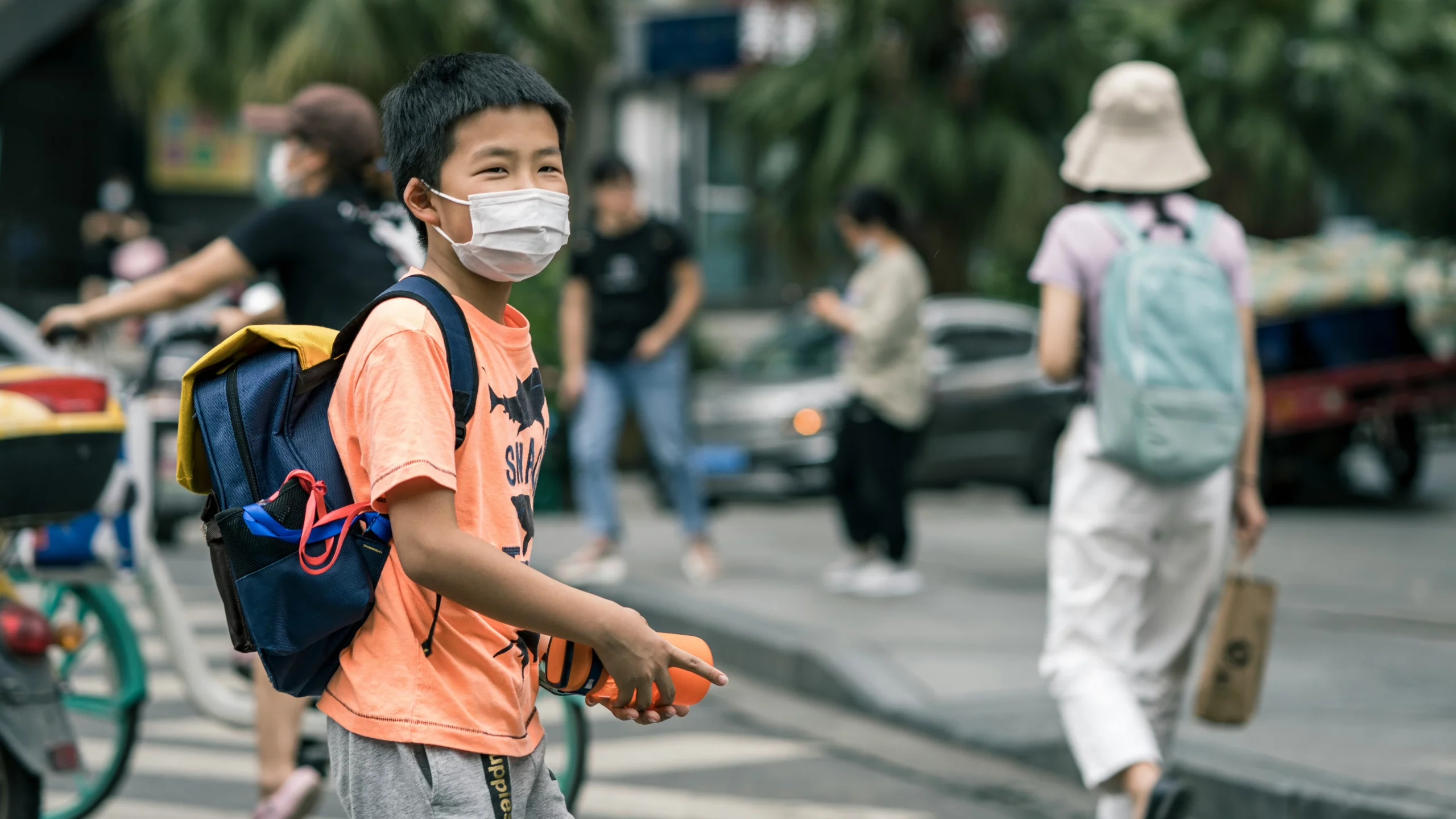
3. Stay Indoors During Peak Pollution
Try to limit outdoor activities, especially in the mornings when pollution tends to spike. Keep windows closed and avoid outdoor exercise altogether.
4. Use Air Purifiers at Home or in Your Accommodation
If you’re staying in Chiang Mai for more than a few days, it’s worth checking if your hotel or Airbnb has an air purifier. Many homes and co-working spaces are equipped with them during the smoky season. If not, consider buying or renting one locally.
5. Stay Hydrated and Take Care of Your Body
Polluted air can cause headaches, fatigue, sore throats, and dry eyes. Drinking plenty of water and eating antioxidant-rich foods can help your body cope with the extra stress.
FAQs: Burning Season in Chiang Mai
Q: Where can I check the air quality in Chiang Mai?
A: Check the live AQI here: IQAir – Chiang Mai Air Quality Index.
Q: When is the burning season in Chiang Mai?
A: Burning season usually runs from late January to early April, with the worst pollution typically occurring in March.
Q: What is Chiang Mai like in April?
A: April often marks the end of the burning season, so the air can still be smoky, especially in the first half of the month.
Q: Why is the air pollution so bad in Chiang Mai?
A: Chiang Mai’s poor air quality during burning season is mainly due to crop burning and forest fires. The surrounding mountains trap the smoke, causing dangerously high levels of PM2.5 particles.
Q: When is the rainy season in Chiang Mai?
A: The rainy season begins around June, and by that time, the burning season has long ended. The rains help clear the air, making it one of the best times to experience Chiang Mai’s natural beauty.
Thanks for reading this blog post! Have you ever visited Chiang Mai during burning season? Let us know in the comments!
